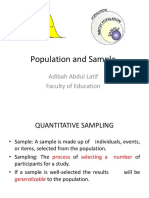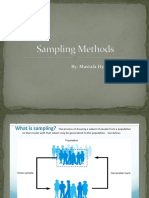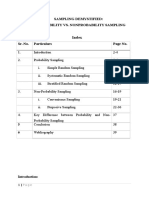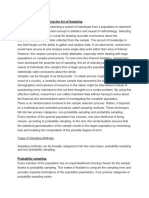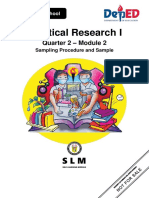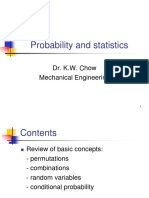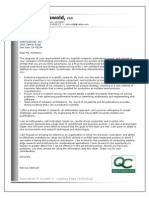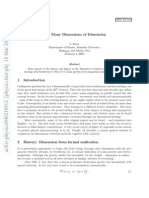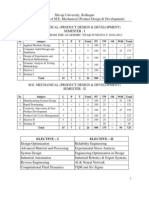0% found this document useful (0 votes)
7 views42 pagesModule 2 - Part 1
Statistics of AIDS
Uploaded by
aditideo624Copyright
© © All Rights Reserved
We take content rights seriously. If you suspect this is your content, claim it here.
Available Formats
Download as PDF, TXT or read online on Scribd
0% found this document useful (0 votes)
7 views42 pagesModule 2 - Part 1
Statistics of AIDS
Uploaded by
aditideo624Copyright
© © All Rights Reserved
We take content rights seriously. If you suspect this is your content, claim it here.
Available Formats
Download as PDF, TXT or read online on Scribd
/ 42

